Great (Good, At Least?) Minds Think Alike
One great way to know you’re onto something is if some other undeniably smart guy independently comes to the same conclusion.
That undeniably smart guy is Richard Bryne. He thought up much or most of what I did, before I did. I didn’t know him, and products he conceived that overlapped with mine didn’t make their way to market. I was the beneficiary of him not taking his ideas to market. Richard is my validation that great minds think alike or, at least, one great mind and another pretty good one.
Richard’s below, sitting in front of his wall o’ pedals. Pedals he did take to market. Speedplay pedals were his brainchild and he still owns the company he founded with his wife Sharon. I was down there a couple of days ago, at his office in San Diego, getting some Syzrs for my gravel bike, and we talked about some of those ideas of his.
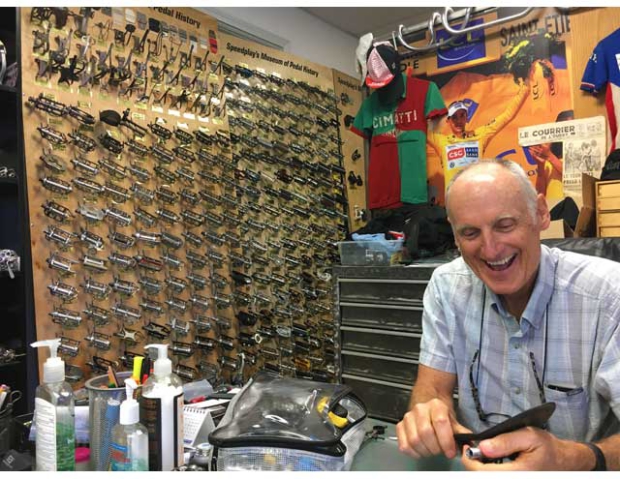
Some years ago I was charged with assembling a fit symposium for the Interbike Trade Show. I thought it would be a good idea to present the history of bike fit starting with the C.O.N.I. Manual's publication in 1972. I was excited to get up to the part where my predecessors began to fit dynamically, that is, rather than establish fit coordinates via limb lengths; deriving bike geometry from fit coordinates; when did those who came before me begin to take pedaling action, comfort and power into consideration while riding, during the fit session, aboard an adjustable fit bike?
As I interviewed all the august names in bike fit I realized that, well, none of them did. I began to understand that I had been laboring under a misunderstanding of how they fit their customers to their bikes. I always thought that fit bikes were used to establish fit coordinates. But, honestly, no. They weren’t. My bad. Or, my good, maybe.
When I began to work out the imperatives for the fit tools that I required, imperatives that would dovetail with a system using a couple of metrics I came up with in 2003 – stack and reach – I found that the front of the bike had to adjust in an X and Y axis, rather than the front of the bike raising and lowering along the bias of the head angle.
Above is a video of Richard’s fit bike, that he made back in the 1980s, and which I never saw, or even knew of, until my visit earlier this week. As you move the cockpit of the bike – to which the handlebars are attached – forward, it “drags” the seat tube with it, and the seat tube articulates around the bottom bracket. You can see the angle finder magnetically stuck to the seat tube. Notice in the video how Richard says, “it was the one I knew of that dynamically, while the rider was pedaling, made all the adjustments.” If you squint at some of the fit bikes made today you might see some similarities, and the first fit bikes I designed back in the early 2000s were heavier duty, commercial versions, that had metrics printed on the fit bike, but were not so different conceptually than this one.
What Richard found was that all of the riders that he fit aboard his one-of-a-kind fit bike – and he worked primarily with professional or top age group cyclists – preferred very steep seat angles, in the neighborhood of 80 degrees. The bike below may not look like it, but it’s built with very steep angles or, at least, the seat angle, which in this bike is north of 80 degrees.
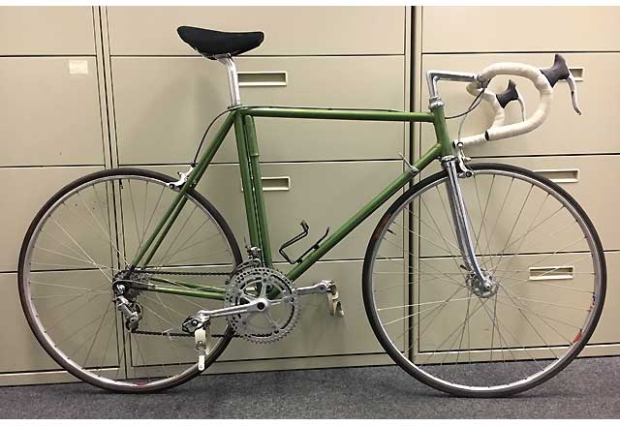
The problem with riding at 80 degrees of seat angle (more typical in road riding is 72 or 73 degrees) is all the weight coming down on the front of the bike. Nevertheless, these steep bikes were desirable, and above is an example of an early ‘80s era bike with a very steep seat angle. This is before aerobars.
Richard was working with Jim Elliott at the time, who’d go on to place 3rd in the Race Across America. Jim liked riding steep, but not with all that upper body weight crashing down on the bars. What to do? What to do?
How about a way to rest the top half of your body on the front of your bike? Richard is more well known for these first aerobar designs that Elliott used during the 1984 RAAM, and he helped Pete Penseyres with a design of bars that Pete used when he set the RAAM average speed record that stood for a quarter century. The kind of aerobars we use today debuted only after the RAAM rides of Elliott and Penseyres. If you look very closely you can see some protrusions out the back of the road bars on Elliott’s bike (below) with some pads at the end on which he could lay his elbows.
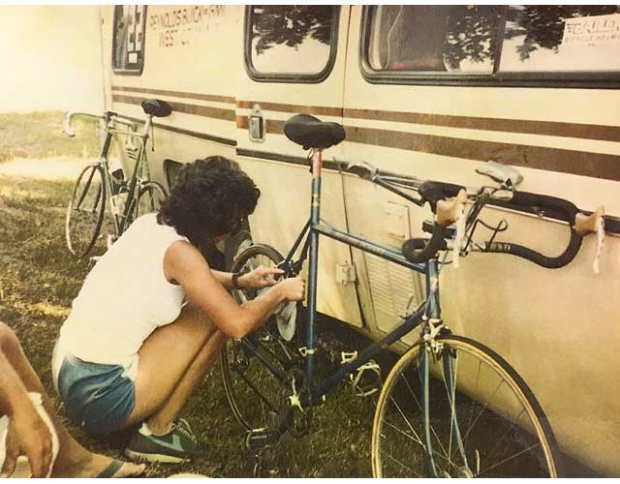
I came at the problem in an entirely different way. I, and others, began riding triathlon's aerobars in 1987, and by 1988 it became obvious that there was an optimized way to ride them. You couldn’t powerfully, aerodynamically, take full use of the bars unless the saddle was pushed well forward. My first tri bike designs were born from the notion that we’ll start with the bars, and build the frame from the bars back.
Richard found that steep seat angles were better, and came up with a lay-down handlebar to optimize that seat angle. I found that the aerobars were better and came up with a frame geometry to optimize the lay-down handlebar.
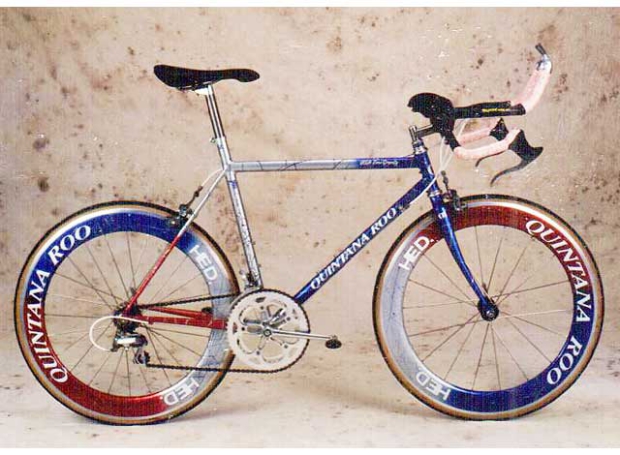
Above is a pic of a bike of mine from perhaps 1991 or 1992 or thereabouts, and with Richard’s Speedplay pedals.
I didn’t know Richard at the time, nor of his bike designs, which really were not commercially available. But I think his history and mine paint a picture: that aerobars and steep seat angles, while each having some merit, really don’t hum on all cylinders unless used together.
Over the last 35 or 40 years of his life he’s frequently been a mentor, or race preparer, for a lot of notable athletes. He’s known for helping athletes with big engines but small backgrounds in cycling learn to handle their bikes and descend better. We don’t live in the same town or run in the same circles, so it’s been up to each of us to develop our views independent of each other. Nevertheless, he and I have come to the same conclusions, which gives me comfort.


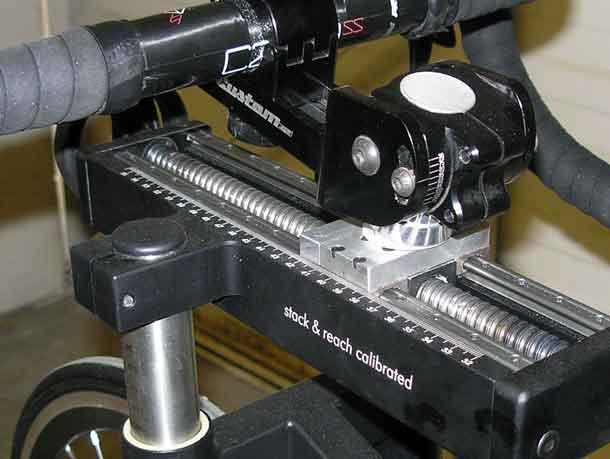
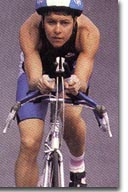
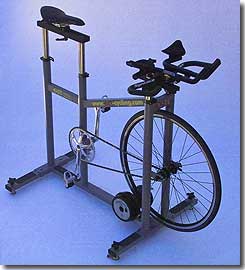
Start the discussion at slowtwitch.northend.network